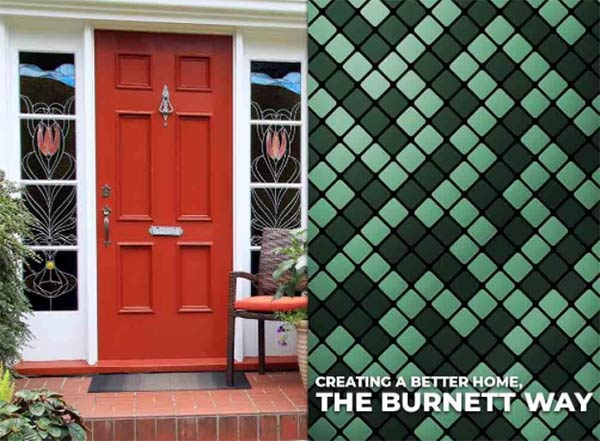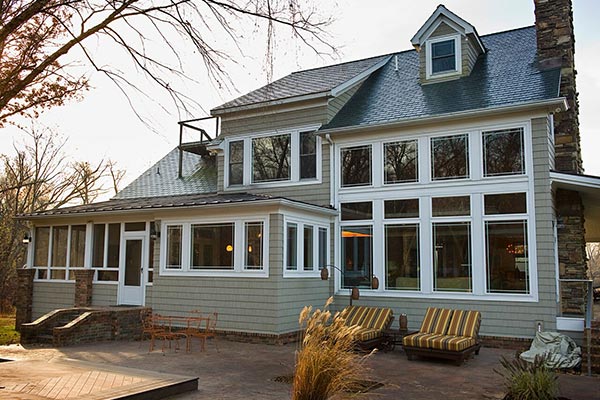
Isn't it less costly to just repaint my home? If you plan to move within the next three years, the answer is probably "yes." But if you plan to stay in your home longer than that, the calculations begin to heavily favor vinyl siding. Of course, if your home has special problems-for example, warped clapboards that have to be replaced or lead-based paint that has to be scraped and sanded off-the cost of painting can become truly staggering. According to Remodeling magazine (October 1996), investing in new siding can prove to be an excellent choice in terms of payback. In the West, a homeowner can recoup 65% of the cost of siding in terms of resale value added to the home. For eastern homeowners, the payback is 76%. In the South, it's 84%. And in the Midwest, the cost recouped is 69%. Compare the ongoing costs of painting every three to five years to a one-time investment in new vinyl siding. For most homeowners the conclusion is obvious-vinyl siding is by far the better long-term value.
Is vinyl siding really as durable as everyone says? Absolutely. The correct technical name for the material used in vinyl siding is polyvinyl chloride. It's a strong, durable, proven material that has earned a solid reputation for its beauty and permanence. Polyvinyl Chloride is also used in automotive applications, medical devices, defense weapons, appliances, floor coverings, and of course, home construction. Vinyl siding is ideal as an exterior material because vinyl siding doesn't rot, crack, dent or warp. Plus it never peels or blisters. And because the color goes completely through Preservation siding, it never has to be scraped, sanded or painted.
Is one season better than another to have my new siding installed? Not really. You can have your vinyl siding installed in any season, as your schedule and budget allow. But keep in mind that some contractors are more available during the off-seasons. Regardless of when you have your new siding installed, you'll enjoy the immediate benefits of improved appearance, as well as the long-term benefits of durability and easy maintenance.
Of course, if your home has special problems-for example, warped clapboards that have to be replaced or lead-based paint that has to be scraped and sanded off-the cost of painting can become truly staggering. According to Remodeling magazine (October 1996), investing in new siding can prove to be an excellent choice in terms of payback. In the West, a homeowner can recoup 65% of the cost of siding in terms of resale value added to the home. For eastern homeowners, the payback is 76%. In the South, it's 84%. And in the Midwest, the cost recouped is 69%. Compare the ongoing costs of painting every three to five years to a one-time investment in new vinyl siding. For most homeowners the conclusion is obvious-vinyl siding is by far the better long-term value. Vinyl siding is ideal as an exterior material because vinyl siding doesn't rot, crack, dent or warp. Plus it never peels or blisters. And because the color goes completely through Preservation siding, it never has to be scraped, sanded or painted. Is vinyl siding really as durable as everyone says?
Is one season better than another to have my new siding installed?
Subscribe to Burnett Inc's Blog







Comments